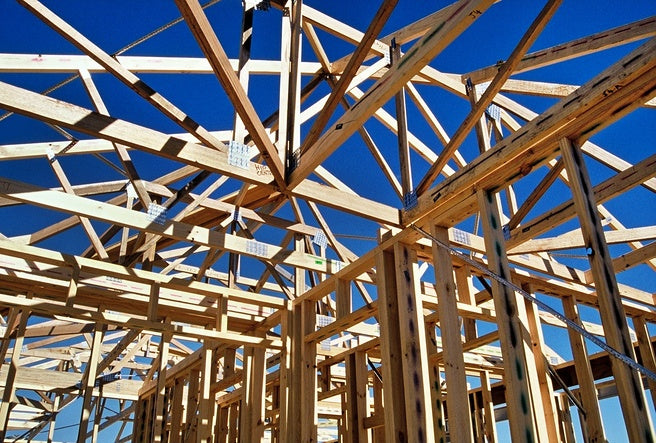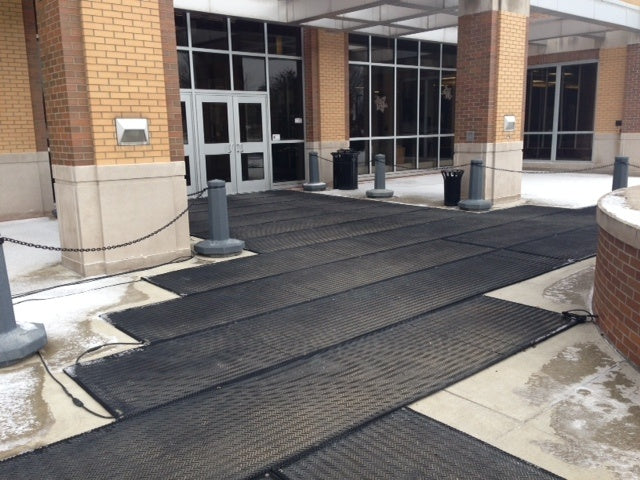
During the winter, day-to-day wear and tear and expected seasonal challenges like heavy snowfall on the facility roof or the effects of salt and the freeze/thaw cycle on pavements, certainly do most of the damage to facilities. However, winter is also a time when unexpected disasters, both natural and manmade are more common than at other times of the year. Thus, it behooves facility managers to include in their winter preparations an attempt to bolster property resilience against the impacts of such disasters.
Prepare for the Likely and the Unlikely
The geographic location of your facility will make certain wintertime disasters more likely to affect it. In Texas, you would expect tornadoes to be a danger; in certain parts of California, wildfires are common; in many big cities, power outages are inevitable.
Managers need to prioritize preparations for more likely disasters, but they also need to find funds to devote to protection against rarer events that would devastate their property if they ever did occur. For example, one of the most destructive tornadoes in American history touched down in the unlikely town of Wooster, MA; and in 2008, Atlanta was severely threatened by a drought that was so unlikely, it caught everyone unprepared.
Preparations can include things like moving mechanical equipment and fuel storage tanks above ground level, and reinforcing the joints connecting the walls to the roof. It also means, however, preparing for the possibility of people being stranded inside your facility, now rendered inaccessible by the disaster. That is why you might want to consider setting up a closed-loop water system, a renewable energy source, and a battery back-up system on-site. You should investigate both how to reconnect disrupted utilities and how to function without them in the interim.
Prepare for Both Evacuation and Influx
If your building remains accessible during a disaster, two possible scenarios could arise. First, you may simply need to safely evacuate the premises, and do what you can to harden the facility against damage.
The second possible scenario, however, is that your facility will be pressed into the service of the community at large as a safe haven. If you are centrally located, are equipped with a superior generator and backup technologies, and have large holding rooms, then you may be called upon as an evacuation zone. Some attention should, therefore, be given to this possible "non-standard" usage in your disaster management plans. Depending on what your local municipality might require, consider stocking up on non-perishable goods and a substantial supply of drinking water.
Don't Count on Outside Financial Aid
During an unexpected disaster, government resources will often be stretched quite thin. In such situations, public funding can become scarce or non-existent. For this reason, you should create a disaster response fund to draw on in the midst of an emergency.
Also be leery of counting on insurance and/or a line of credit alone for disaster response funding. Insurers can be overwhelmed and unable to pay out all claims quickly during a disaster, and banks can experience the same kind of "economic pandemonium."
Benefit From Preventative Property Resilience Investments
Most only think of response and recovery, but prevention of damage is to be preferred wherever possible. There are several reasons why this approach makes good business sense:
- You protect your existing investment in your facility.
- You remain operational while others do not, giving you a market advantage.
- You reduce the risk of liability from building structures that could fly off and injure someone or from workers who file for workman's comp payments.
At least 25 percent of businesses that close following a natural disaster do not reopen. That is a startling statistic, but if you take precautions ahead of time to strengthen your facility against every possible scenario, the business that a disaster puts out of business will not likely be yours.


